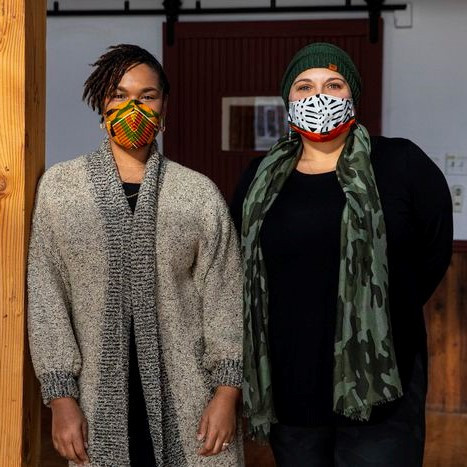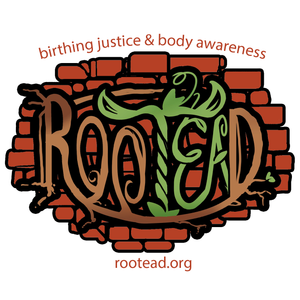Pilot program launched to connect Black and Brown therapists to clients of color
KALAMAZOO, MI — Two Kalamazoo organizations have joined forces to pilot a program that would match people of color seeking mental health treatment with providers whose life experiences more closely match their own.
Truth, Racial Healing & Transformation Kalamazoo (TRHT) partnered with Rootead Enrichment Center to launch the Black & Brown Therapy Collective with the goal of connecting residents to therapists of color.
Destigmatizing mental health for the Black and Brown community is a personal passion for Rootead Executive Director Kama Mitchell. Connecting people of color with each other helps eliminate microaggressions or misunderstandings that can be roadblocks during a therapy session, Michell said.
“When they see reflection of themselves, to talk about vulnerable and intimate things that are happening in their lives, it just makes it that much easier,” she said. “It will allow them to go further in therapy because you have this already sense of cultural alignment.”
The $25,000 funding the project comes from TRHT’s endowment and the Kalamazoo Community Foundation.
The money will pay for 25 residents to complete four sessions with local therapists in 2021. Funding was also used to hire a coordinator to match residents with therapists who can accommodate them based on lived experiences, therapy styles and client preference.
The program hired Gaby De La Cruz to serve as coordinator. De La Cruz said she was drawn to the project after she went through her own journey of finding a therapist who was also Latina.
“In order to explain my current situation, I felt like I had to unravel this entire history of everything, so that people would be on the same page,” she said. “Now I have a Latina therapist and right when we met I felt like I didn’t have to explain myself.”
When she spoke with therapists who did not share her cultural and ethnic background, De La Cruz said she often had to explain the role race played a role in her mental health.
“With people of color and Black people, I don’t have to say that race was involved,” she said. “There’s an understanding that it’s always in the background.”
The pilot will last three months, but Mitchell has already started the grant application process in an effort to make the therapy collective a permanent resource in Kalamazoo.
The coronavirus pandemic and the Black Lives Matter protests put emphasis on existing racial disparities, but the need for racial healing is nothing new among people of color, Mitchell said.
“I would definitely say that this year is a catalyst for it to be pronounced and in the spotlight,” she said. “But I feel like it’s been something that’s been talked about in Black and Brown circles for quite some time.”
Dr. Kenlana Ferguson, director of the Kalamazoo College Counseling Center, coordinated with 20 therapists of color throughout the Kalamazoo area who committed to reserving space for clients in the pilot program.
As a therapist of color, Ferguson said her clientele is 85% Black and Brown students. She has had clients tell her she feels like an auntie them. It is that level of familiarity she wants to make available to all Black and Brown people.
“It’s been unaddressed but it’s always been an issue and a concern,” she said. “Racial trauma is race-based traumatic stress, but just the understanding that our daily living, as people of color, impacts the psyche, impacts our mental and our emotional well being.”
Ferguson praised Western Michigan University’s psychology counseling program for incorporating integrated multicultural and diversity counseling into its regular curriculum. She noted, though, that academia as a whole is still not representative of the general population and the overall pool of Black and Brown therapists remains small.
Ferguson added that there are certain cultural parts of identity that can only be understood by those who have lived it — whether its occurrences of racial trauma or even the language used to describe situations.
“Those things are a lived experience that I think people of color bring into therapy with other people of color,” she said. “It can be taught, but it’s not as natural and it may not come off as authentic.”








